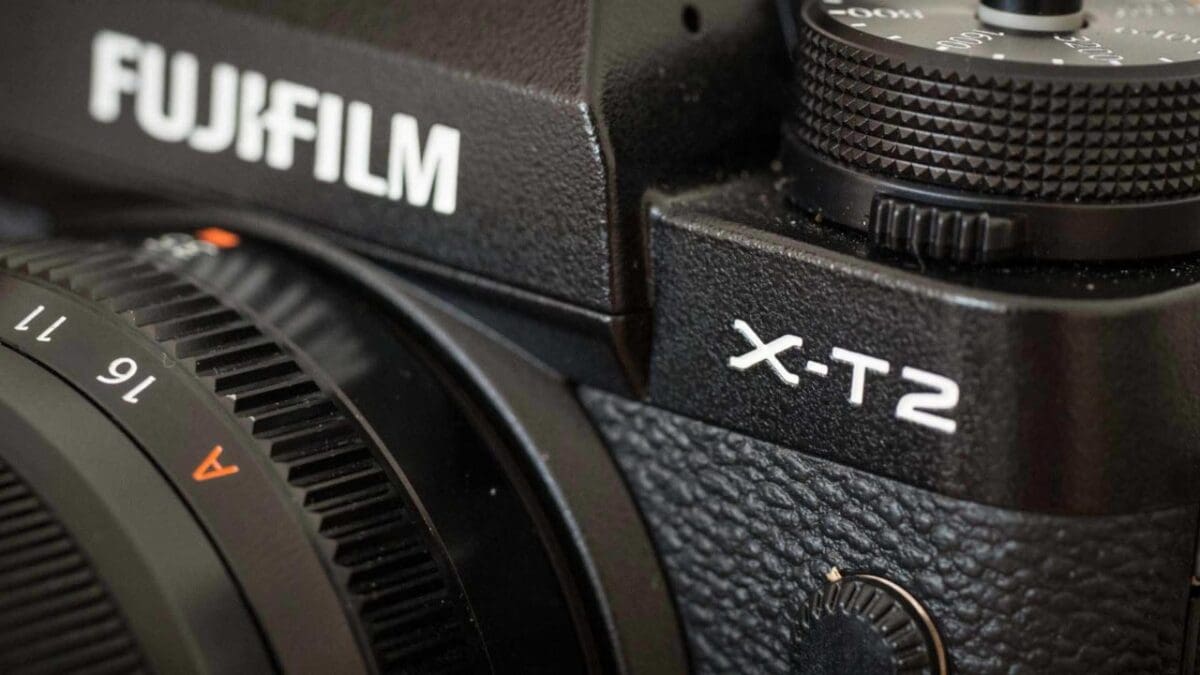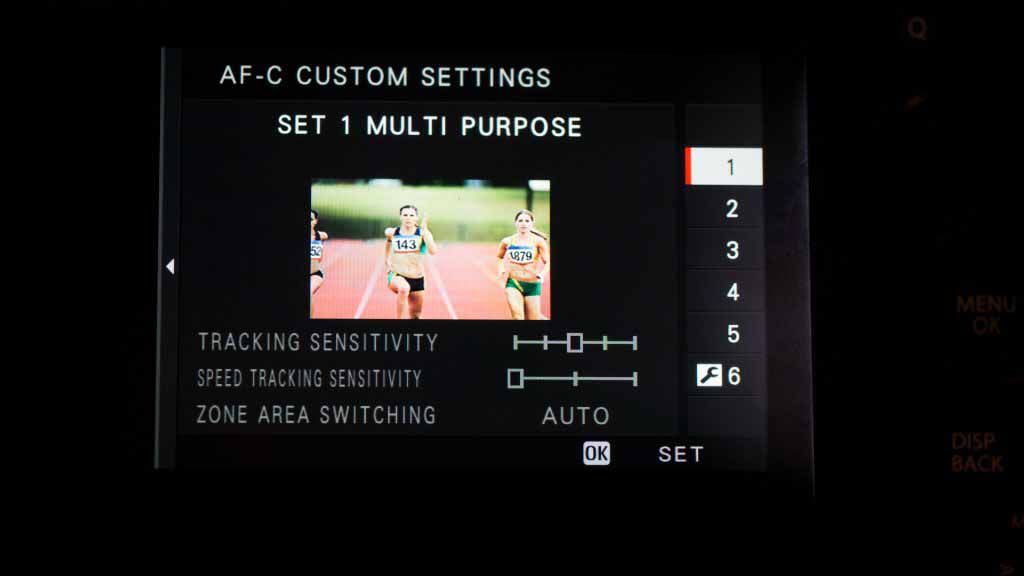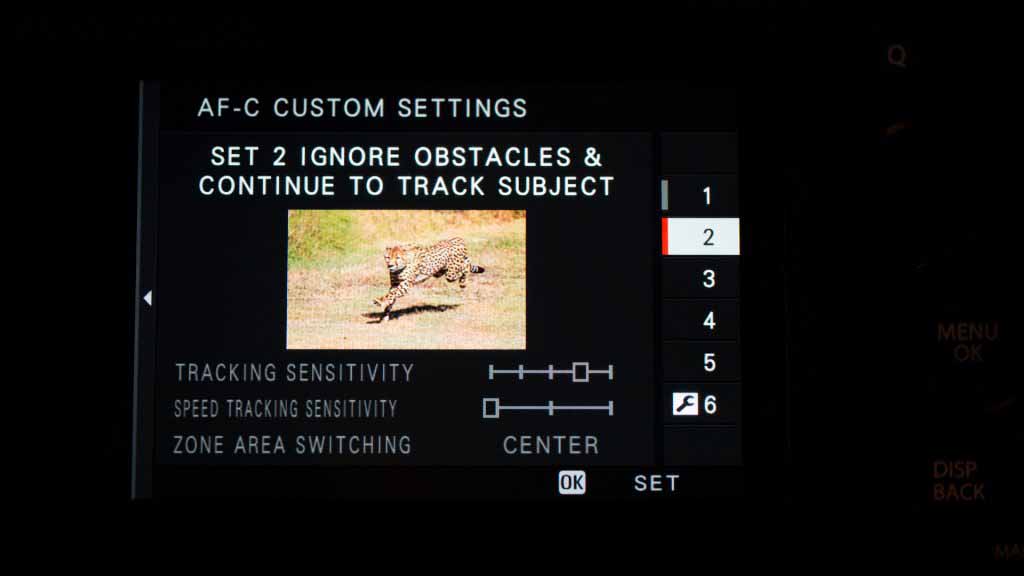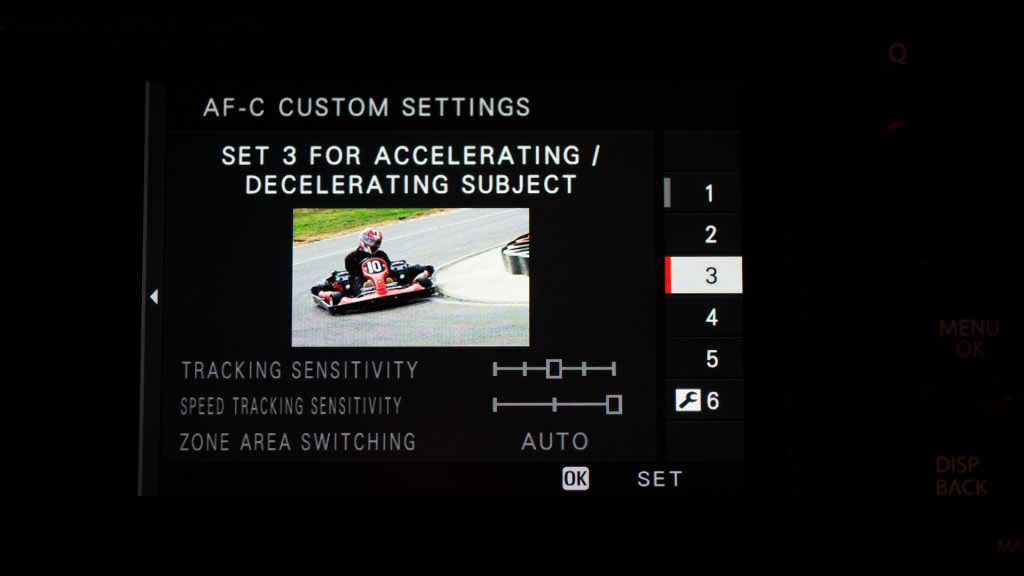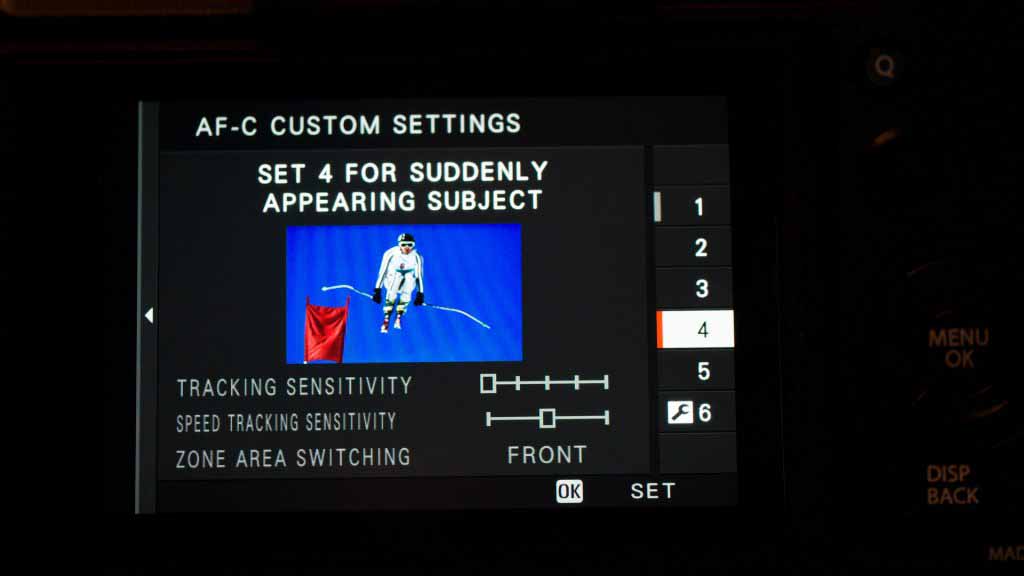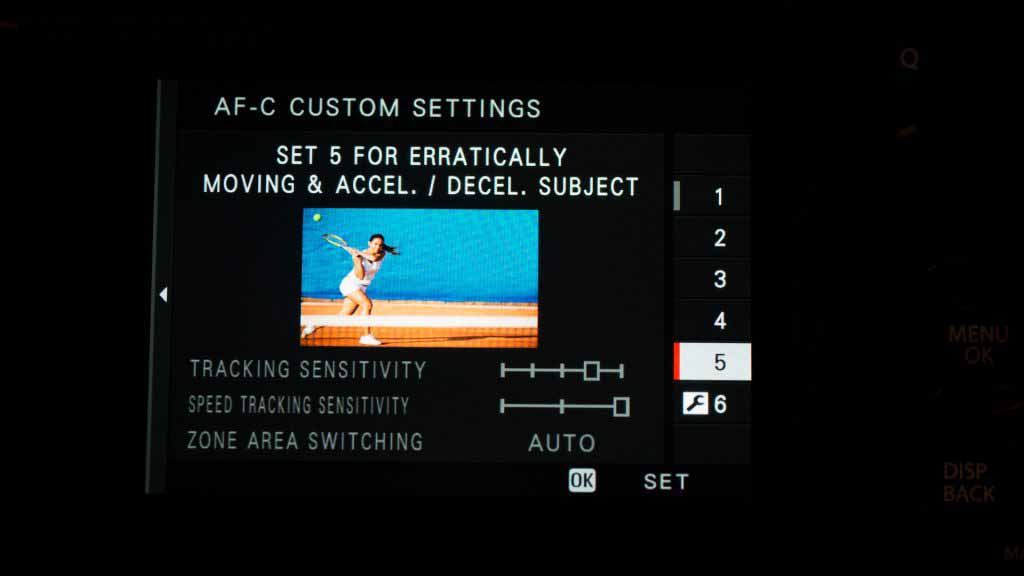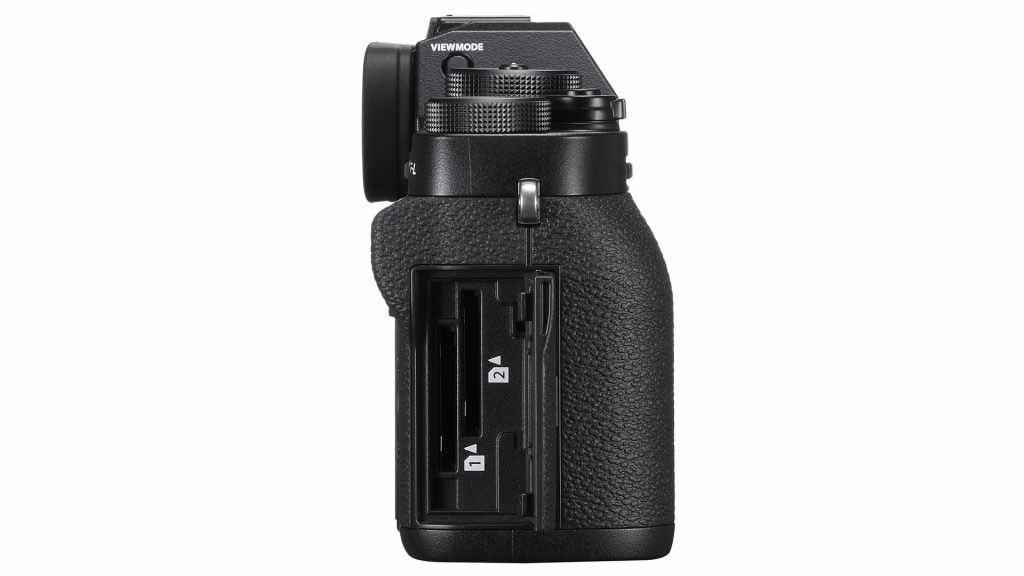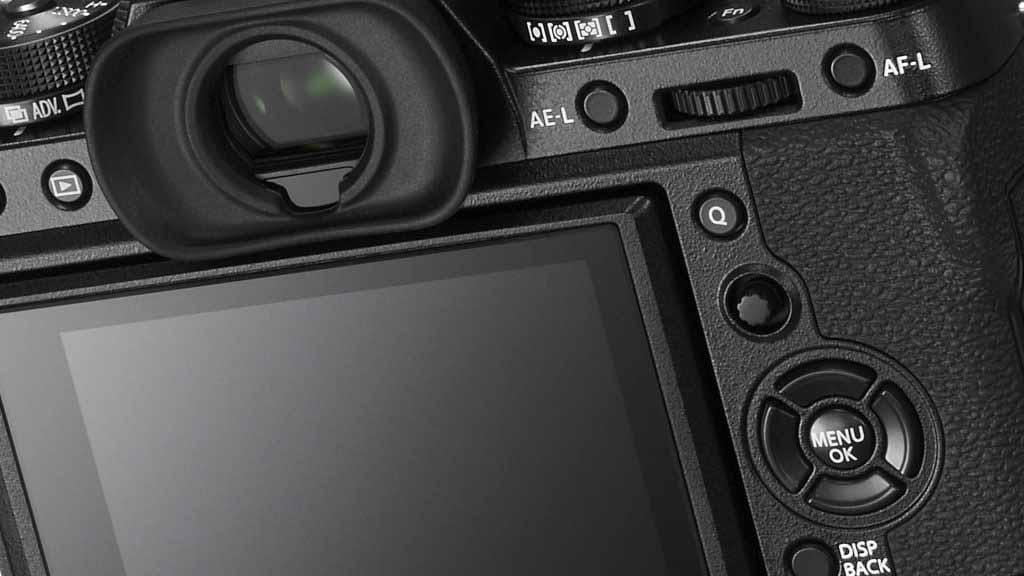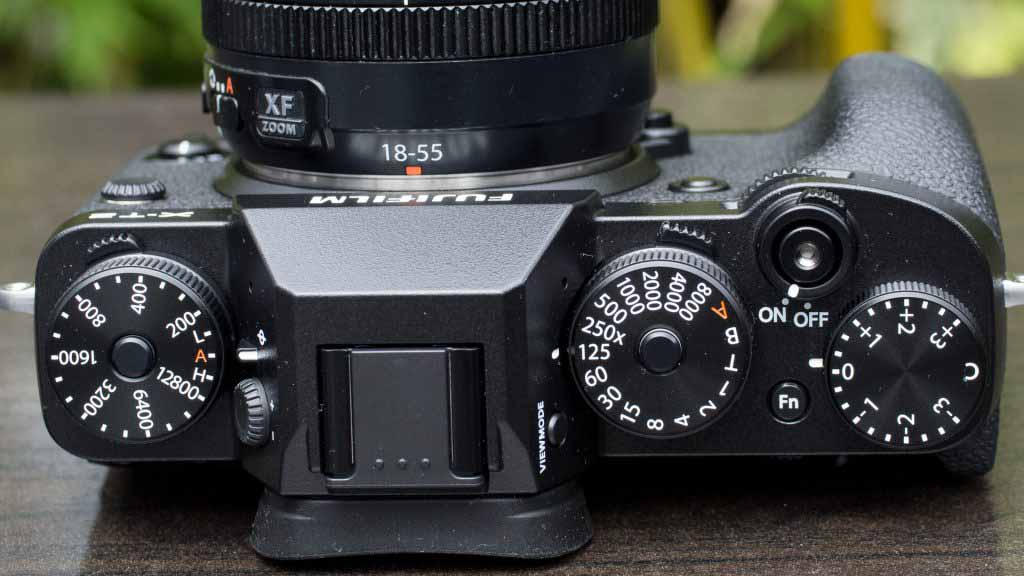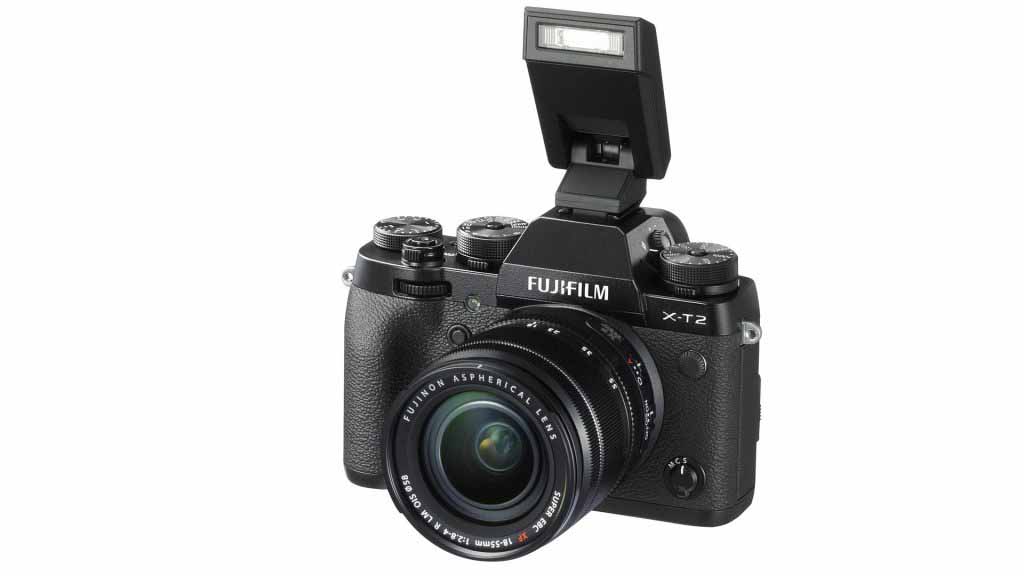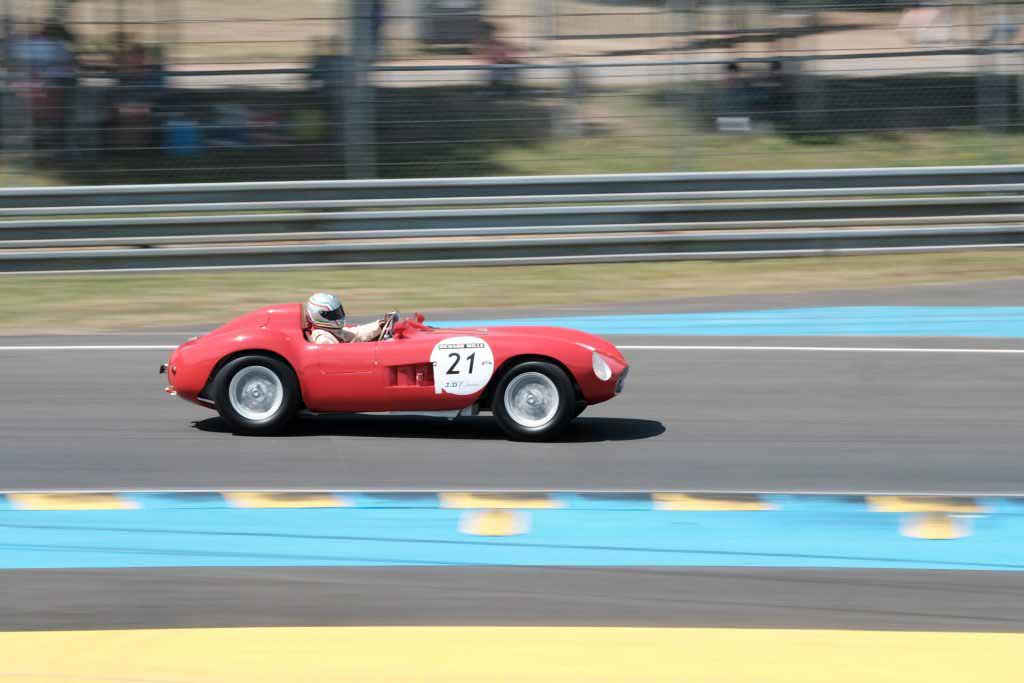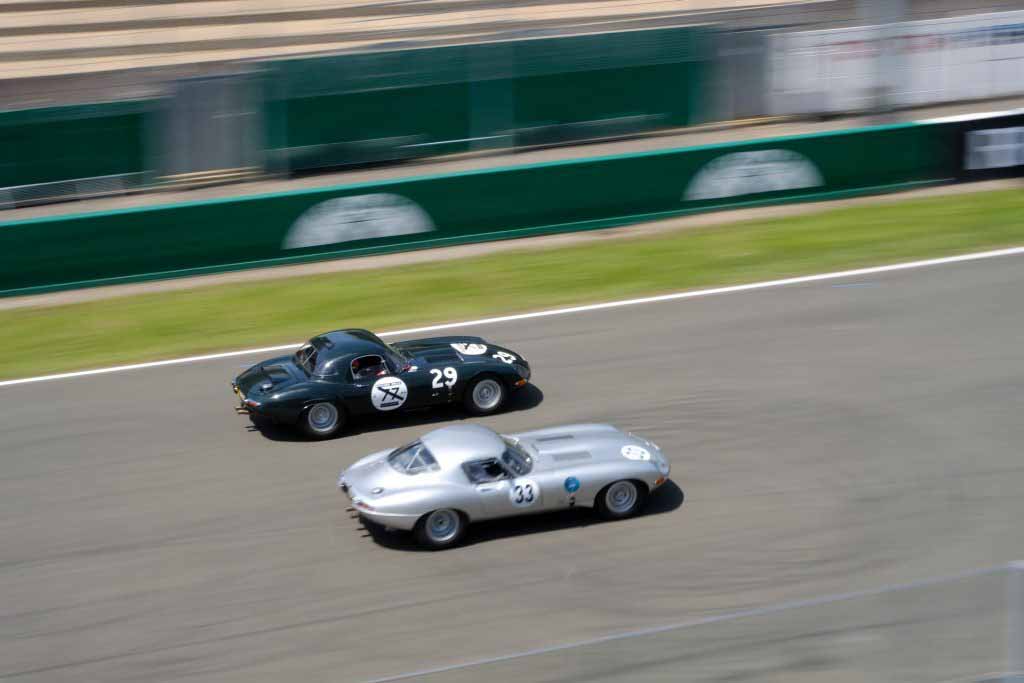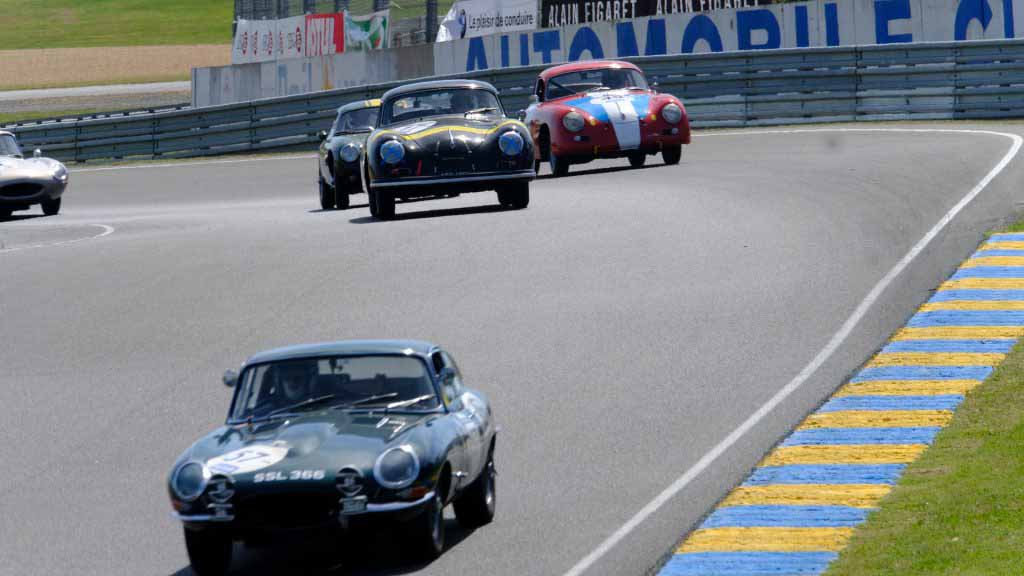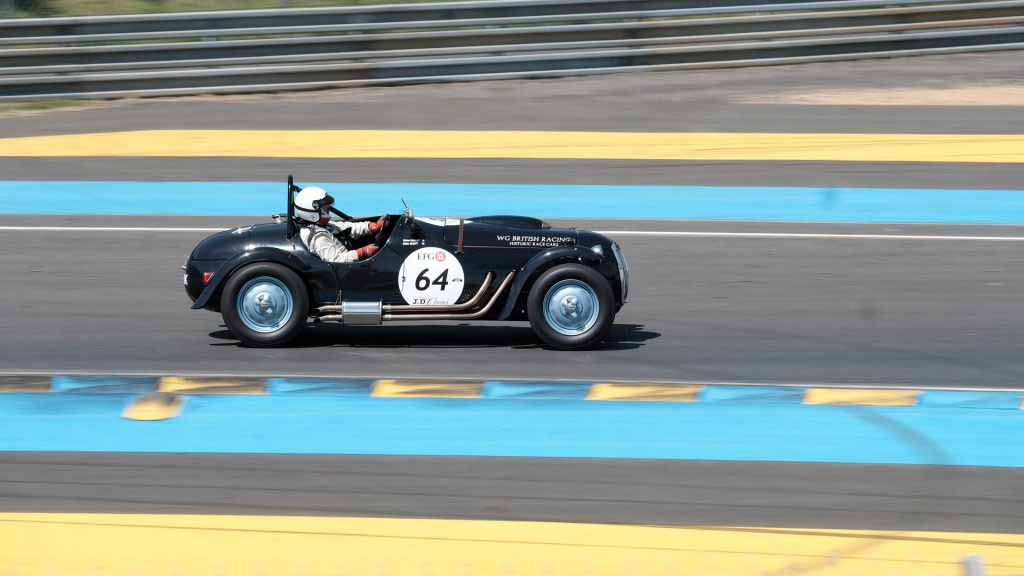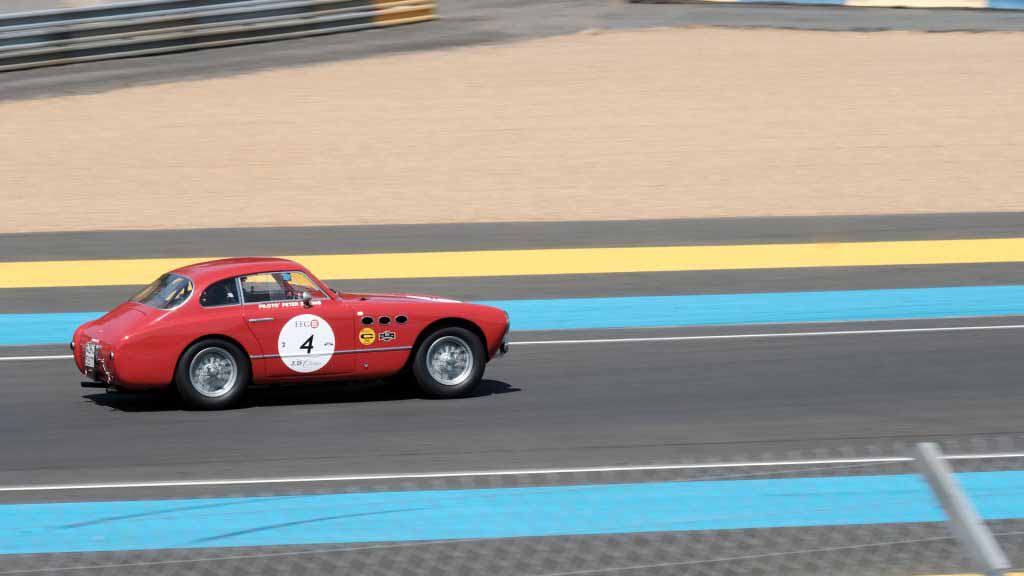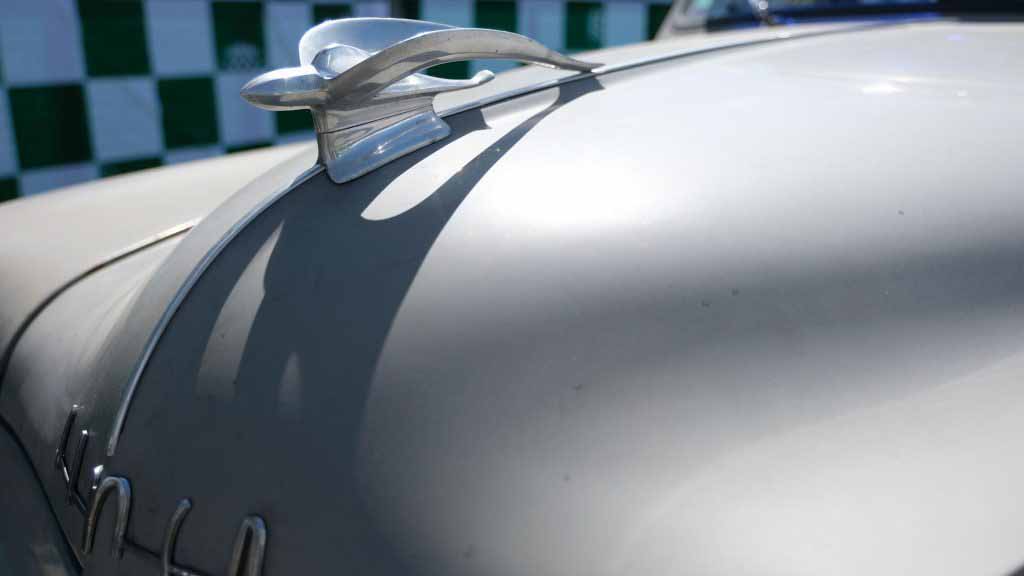Hands-on Fuji X-T2 review
Fuji’s X-T1 won lots of hearts but an improved sensor and autofocus system could make its replacement even more popular, find out more in our hands-on Fuji X-T2 review.
30 second hands-on Fuji X-T2 review…
The Fuji X-T2 is the replacement for the X-T1, Fuji’s top-end DSLR-shaped APS-C format mirrorless system camera. It offers traditional exposure controls with dials to set sensitivity, shutter speed and exposure compensation on the top-plate as well as the ability to work with lenses that have an aperture ring.
Upgrades made by the X-T2 include a jump in resolution from 16.3Mp to 24.3Mp, a customisable autofocus system with many more more points and greater frame coverage, 4K video recording, boosted electronic viewfinder performance and a dedicated control for setting the AF point.
Image quality should be on a par with the X-Pro2 as it uses the same sensor and processing engine, which means it will be very good.
Killer Fuji Deals!
Find the best Fuji deals on Amazon UK
Find the best Fuji deals on eBay
Key features
| Camera Name | Fujifilm X-T2 |
| Camera type | CSC |
| Date announced | 7th July 2016 |
| Price at launch | £1,399/$TBC (body only) |
| Sensor size | APS-C (23.6 x 15.6mm) |
| Effective pixel count | 24.3 million |
| Processor | X Processor Pro |
| Lens/Mount | X |
| Viewfinder | 0.5-inch OLED with 2,360,000 dots |
| Sensitivity range | ISO 200-12,800 expandable to ISO 100-51,200 |
| Reflex AF system | N/A |
| Live View AF system | Hybrid with up to 325 points |
| Monitor | Dual-tilting 3-inch LCD with 1,040,000 dots |
| Max shooting rate | Electronic shutter 14fps, Mechanical shutter 8fps or 11fps with VPB |
| Max video resolution | 4K (3840×2160) |
| Storage | 2 SD/SDHC/SDXC (UHS-I/UHS-II) |
| Dimensions | 132.5 x 91.8 x 49.2mm |
| Weight | 457g (body only), 507g with battery and card |
Fuji has two flagship cameras that sit alongside eachother. For a long time these were the X-Pro 1 and the X-T1, but the X-Pro1 has now been replaced by the Fuji X-Pro2. Now it’s the turn of the Fuji X-T1 to be upgraded with the introduction of the X-T2.
While the X-Pro2 is a rectangular, rangefinder-esque model with a hybrid viewfinder that combines optical and electronic units, the X-T2 has a mini-DSLR design with a large electronic viewfinder in the middle of the top-plate.
The changes brought by the X-Pro2 gave a pretty clear indication what the X-T2 might hold, so the presence of a 24.3 million pixel X-Trans CMOS III sensor and X-Processor Pro processing engine weren’t a surprise.
Thanks to the new sensor and processing engine the X-T2 has a 1-stop (EV) higher standard sensitivity range (ISO 200-12,800) than the X-T1. That’s despite the increase in pixel count from 16 million to 24.3 million. There are also expansion settings of ISO 100, 25,600 and 51,200 – the X-T1 also tops-out at ISO 51,200.
When the electronic shutter is in use the X-T2 can shoot at up to 14fps (frames per second) for up to 42 jpegs or 25 uncompressed raw files. With the mechanical shutter in action it can muster 11fps for 73 jpegs or 27 uncompressed raw files when the optional Vertical Power Booster (VPB or battery-grip) is attached, or 8fps for 83 jpegs or 27 uncompressed raw files without the VPB.
Hands-on Fuji X-T2 review: first look at customisable autofocus
Apart from the increase in pixel count, for many the most significant change that the X-T2 makes over the X-T1 will be the major update to the hybrid autofocus (AF) system. Whereas the X-T1 has 49 focus areas, the X-T2 has up to 325 in a grid of 25×13 and the phase detection points cover a much greater area of the frame.
The new processing engine also makes the X-T2 more responsive than the X-T1, taking just 114ms rather than 280ms to take a shot. This gives it more time for autofocusing to take place and boost accuracy.
Taking the lead from DSLRs like the Canon 5D Mark III and Nikon D500, it is also possible to customise the response of the continuous AF system to suit specific subjects and shooting situations. The X-T2 offers control over Tracking Sensitivity, Speed Tracking Sensitivity and Zone Area Switching, with five preset options (or Sets) giving useful combinations of settings along with a fully customisable Set.
Tracking sensitivity gives control over the speed at which the camera adjusts to changes in subject distance. When set to a low value the camera will adjust focus quickly if subject distance changes, but with a high value it will pause before adjusting. These higher values are useful when panning with a subject and objects such as stadium columns, trees or spectators are likely to get in the way.
The Speed Tracking Sensitivity option is used to control how sensitive the system is to changes in subject velocity, with higher values being designed for subjects such as basketball players that accelerate or decelerate quickly. A low value should be used for subjects that move at a constant pace.
Zone Area Switching determines the focus area that is given priority and there are three options, Centre, Auto and Front.
Set 1 is designed to be the multipurpose setting and it’s the same as the X-Pro2 has already.
Multi-purpose – standard tracking, what’s on XPro2 already (a firmware upgrade will introduce the new options). Tracking sensitivity is set to the middle value, Speed Tracking Sensitivity to the lowest value and Zone Area Switching is set to Auto.
When Set 2 is selected the camera will track the subject in the centre of the frame and ignore obstacles when panning.
Set 3 is designed for use with subjects that are prone to accelerating and decelerating so Speed Tracking Sensitivity is set to the highest value and Zone Areas Switching is on Auto.
Set 4 is for use when shooting subjects that appear suddenly in the frame, it would be a good option for photographing birds for instance.
Set 5 is a good general option for when shooting subjects that move erratically.
Set 6 is available for customisation.
Hands-on Fuji X-T2 review: first look at improved viewfinder
The X-T1’s viewfinder went a long way to convincing many photographers that electronic viewfinders are worthwhile and offer some advantages, not least the ability to see images with camera settings applied.
Although the headline figures of the X-T2’s 2.36-million-dot OLED electronic viewfinder (EVF) are the same as the X-T1’s, it’s claimed to have lower moire patterning and less false colour in its Boost mode. Fuji also claims that it is the World’s fastest EVF, being ‘delay-free’ with a refresh rate of 100fps in Boost mode and 60fps in Normal mode (it’s 54fps in the X-T1).
According to Fuji, the X-T2’s EVF also gives 1-stop better performance in low light and 25% better picture quality when focusing manually. Brightness has also been increased from 250cd/m2 to 500cd/m2.
In addition, the blackout time of the X-T2’s EVF is now half that of the X-T1, to make it easier to track fast moving subjects.
Hands-on Fuji X-T2 review: first look at video
Some people criticised Fuji for not giving the X-Pro2 4K video capability and only enabling Full HD (1920×1080) recording. These expectations have been met for the X-T2 as it can shoot 4K (3840×2160) video as well as 1920×1080.
Aware of its audience of dedicated stills photographers who want an easy means of shooting video, Fuji has given the X-T2 a Quick 4K movie option. This enables movies to be produced using the Film Simulation modes so that the footage resembles the stills. It also avoids the need for post-capture grading. However, clean HDMI is also supported along with an F-Log gamma uncompressed 4:2:2 option to enable recording with wider dynamic range for those who want to grade post-capture.
In 4K mode there’s a crop factor of 1.17x, with 5120×2880 input and 3840×2160 output at 100Mbps. Recording time is limited to 10mins, but this extends to 30mins when the optional Vertical Power Booster (VPB) is attached.
Both the camera body and the VPB have a 3.5mm stereo mic port, but there’s no headphone port.
Like the X-Pro2, the X-T2 has dual SD/SDHC/SDXC card ports with one being UHS-II complaint and the other UHS-I. That’s ideal if someone wants to shoot 4K video as well as stills.
Hands-on Fuji X-T2 review: first look at build and handling
Like the X-T1 it replaces, the Fuji X-T2 has a metal body and is sealed against dust and moisture. It’s look and feel will be familiar to anyone who has used the X-T1 on a regular basis. There are, however, a few changes in comparison with the X-T1. The most noticeable and warmly welcomed of these is the introduction of a Focus Lever, a mini-joystick control on the back of the camera that provides a quick an convenient means of selecting the desired autofocus point. It’s the same as the one on the X-Pro2, and it works well, falling under your thumb when the camera is held to the eye.
In addition, the shutter speed and exposure compensation dials on the top of the camera are slightly taller. The shutter speed and sensitivity dials also now have on/off type lock buttons, which means you can leave them unlocked when you’re shooting and you need to keep changing exposure, but they can be locked when the camera is put in a bag. Meanwhile the exposure compensation dial runs in the range +/-5EV.
Further good news is that the four-way navigation buttons on the back of the camera have a higher profile than the ones on the X-T1 and this makes them easier to locate when you’re shooting using the viewfinder.
Fuji has plumped for the same 3-inch 1.04-million-dot screen on the X-T2 as is on the X-T1, but the new camera’s in mounted on a tilting bracket. This has a rather unusual dual-tilt design that enables the screen to be angled for low-level horizontal and vertical shooting. It seems a little clunky, but robust. It will be interesting to use it long-term.
In what seems a rather unusual move, Fuji has removed the X-T1’s movie button for the X-T2. According to Fuji this is because the camera offers more serious video options and users are more likely to get the results they want if they use the drive mode to activate Video mode and set the parameters to their preference.
We’ll need to use it a bit more, but the early indications are that the X-T2’s EVF is very good, giving a decent view even in very low light. As promised, its black-out duration is very brief and we’re looking forward to using it when we photograph some fast moving subjects.
Other changes since the X-T1 include a larger grip, which is more comfortable to hold and a larger eyecup.
Hands-on Fuji X-T2 review: first look at performance
As it has the same sensor and processing engine as the X-Pro2, the X-T2 should be capable of producing the same superb quality images. We expect noise to be controlled well and for jpegs to have the mid-tone contrast that’s typical of Fuji X-series cameras. In some instances the highlights can seem to be lost a little early in jpegs, but the majority of the image usually looks great while the raw files have wide dynamic range.
Fuji’s Film Simulation modes have proved very popular and the recent addition of Classic Chrome and Acros, both of which feature in the X-T2 have strengthened the range.
So far we’ve only been able to use pre-production samples of the X-T2 but the autofocus system seems fast and effective. We’re looking forward to pitching it against some moving subjects in the very near future.
Hands-on Fuji X-T2 review: early verdict
While it’s not perfect, the Fuji X-T1 is a firm favourite around Jabber Towers. It feels great in the hand, has brilliantly implemented traditional exposure controls, an excellent Quick Menu and a very good electronic viewfinder. Most importantly, it also produces very attractive images.
In our hands-on Fuji X-T2 review we found that the new Fuji camera addresses several of the issues that we have the the X-T1, giving it a dual-tiling screen that’s useful whether you’re shooting landscape or portrait format images, a boost in pixel count, an improved autofocus system and a means to set the AF point directly. The only real disappointment is that there’s no touch-screen, but to be honest we weren’t really expecting one.
First impressions of the autofocusing system are very good and the customisation options have been implemented well so they are easy to identify and select. If it delivers the kind of performance that Fuji says it is capable of, and the image quality matches that of the X-Pro2, then the X-T2 could be a very significant nail in the coffin of DSLR technology.
Hands-on Fuji X-T2 review: Sample images
Please note these images are from a pre-production sample of the Fuji X-T2 and the image quality may change before the final production models are produced.
Fuji X-T2 pre-production sample images
Download full resolution Fuji X-T2 sample images from a pre-production camera.
